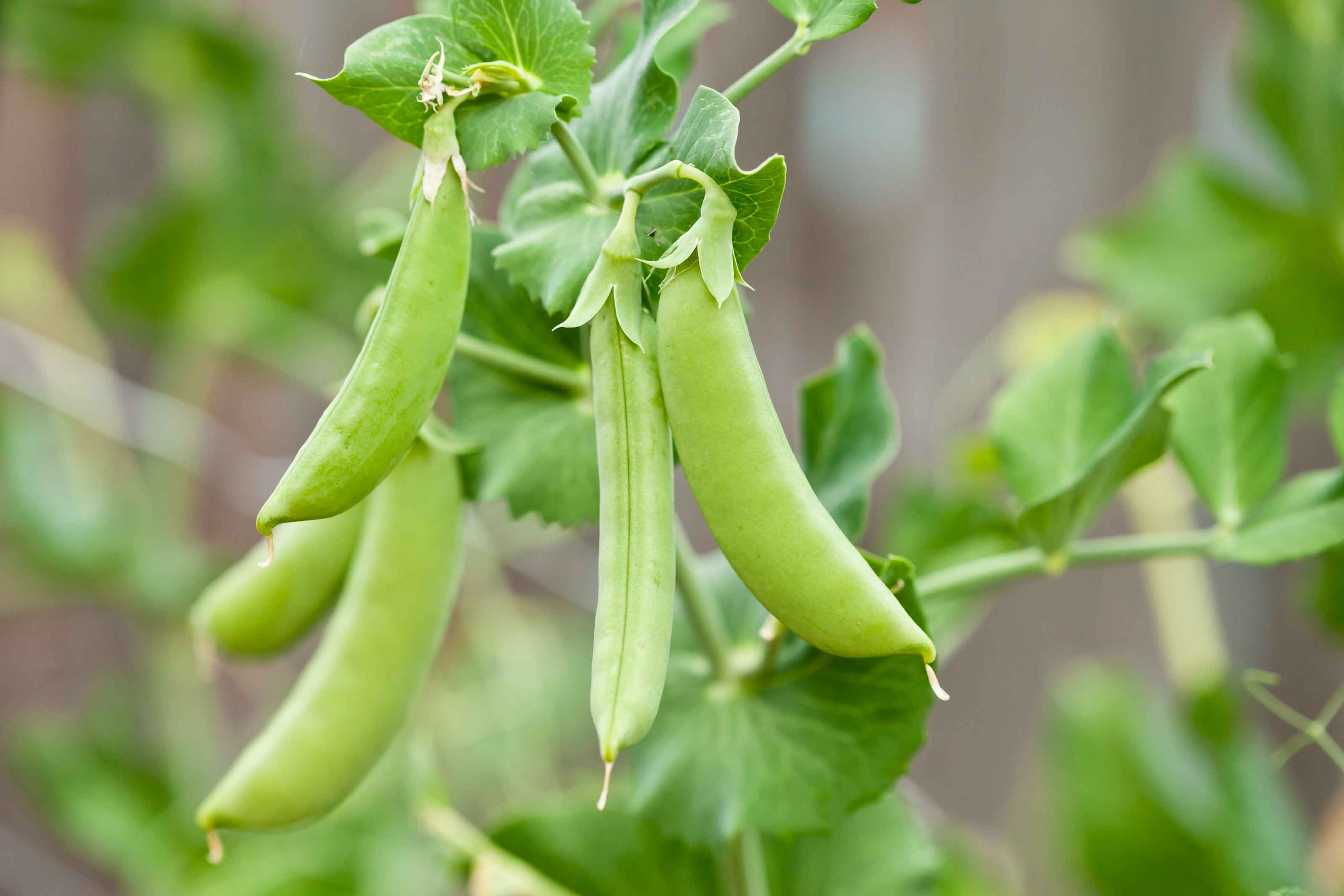The simplest way to maximize your summer harvest is also the most effective, says Gardener Scott
Gardening expert give his top tip for getting more vegetables than ever this summer

Gardener Scott's top tip for maximizing your summer harvest may surprise you – because it's so simple. Sometimes the best kitchen garden ideas are also the easiest to execute, and getting more fruit from your efforts doesn't require any special technique, just a will and the desire to put the time in to actually harvest the crops you've been growing.
Yes, according to Scott, 'the easiest thing you can do to get more harvest...is to harvest!' If you're experiencing diminishing returns with your harvest, or your plants are bolting, they're only fulfilling their purpose: 'they want to send seeds out into the world to propagate that plant.'
The surest way to get your plants to produce more is to keep encouraging them to do so. As he explains, 'if you're growing a fruiting plant, if you're growing tomatoes, peppers, or zucchini, any of those plants are a fruit full of seeds. Every time you harvest, you're telling that plant that they just lost out on the opportunity to propagate. And so they're going to send out more fruit. So, the more you harvest, the more fruit you're going to get.'

Scott takes learning how to grow zucchini as an example. 'If you have a zucchini plant and you just let it grow, and then harvest it all at once at the beginning of the season, you'll get six-seven good-sized zucchini. But if you harvest on a regular basis, when they're six or seven inches long, which is, I think, the best length to harvest zucchini, you're gonna get more and more zucchini to replace those that you harvested. Instead of six-seven large zucchini, you may end up with 15-20 smaller zucchini over the course of the season. The same holds true for the peppers and the tomatoes, and all of the other fruits with seeds inside them.'

There is a caveat to this method – it only really works with quick-growing fruit and veg that can reliably produce more fruit over the course of a summer season. It won't work with melons, for example, because although the plant will start a new melon after you've harvested, 'my season just isn't long enough for those subsequent melons to ripen.'
This makes Scott's tip especially useful for small vegetable garden ideas, that often depend on more compact plants that have quick-ripening fruit. 'Peas, beans, those type of plants, harvest every time you see something on the plant and you'll get more.' It really is that simple.
Anna writes about interior design and gardening. Her work has appeared in Homes & Gardens, Livingetc, and many other publications. She is an experienced outdoor and indoor gardener and has a passion for growing roses and Japanese maples in her outside space.
